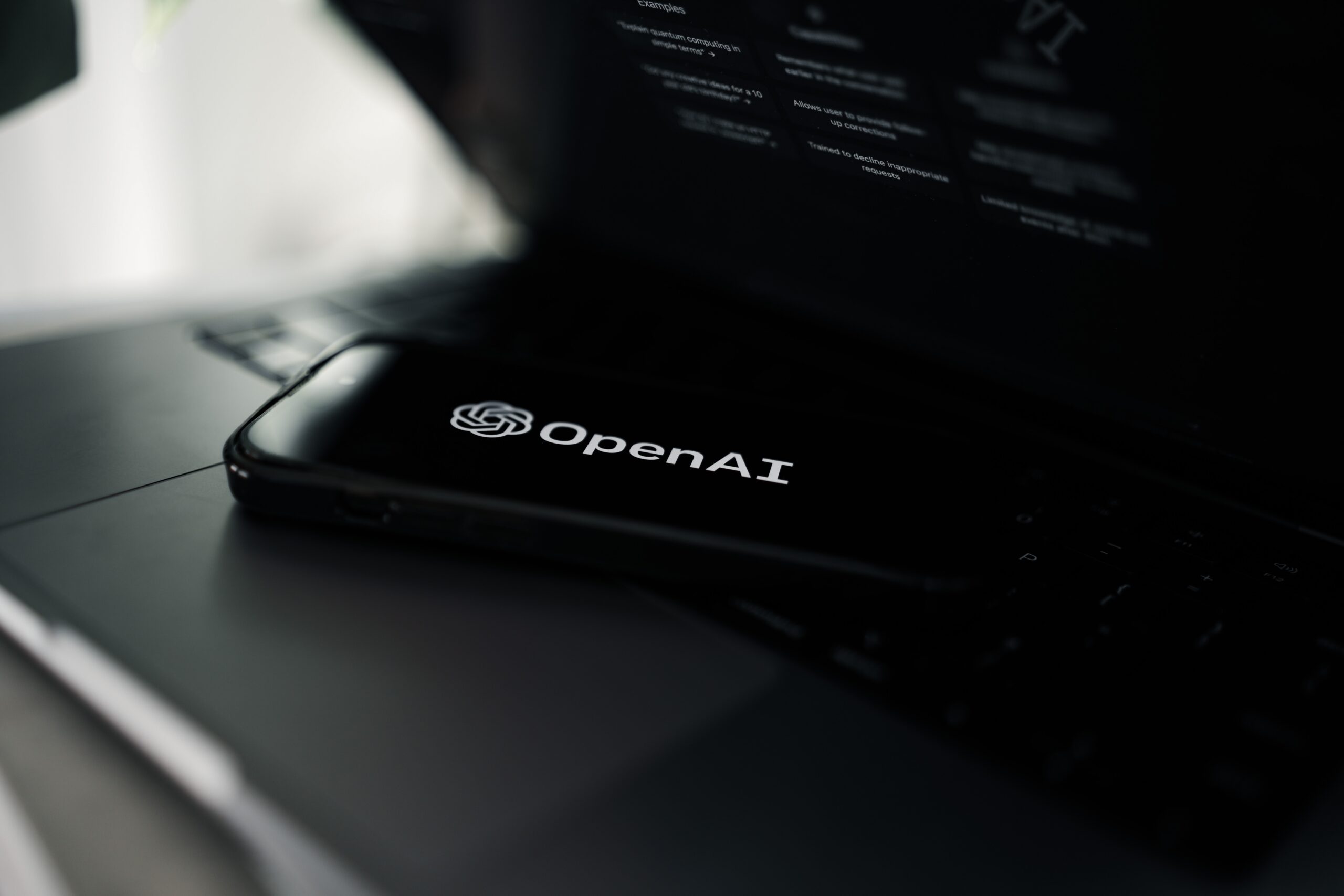ChatGPT is a powerful language model developed by OpenAI that has revolutionized the way we communicate with computers. This technology has been designed to understand human language and generate coherent and meaningful responses in natural language. In this article, we explore ChatGPT in-depth and provide a clear guide for beginners to understand and start using it.
Introduction to ChatGPT
ChatGPT is a cutting-edge AI technology that is based on transformer architecture and has been trained on a large corpus of text data. The model has been trained to understand the context and meaning behind the words used in human communication and generate responses accordingly. This technology has been designed to assist humans in various tasks, including language translation, summarization, and conversation generation.

How Does ChatGPT Work?
ChatGPT works by using the transformer architecture, which is a deep learning model that uses attention mechanisms to understand the relationships between different words in a sentence. The model uses this understanding of language to generate coherent and meaningful responses in natural language.
The technology takes in an input sentence, and using its deep learning algorithms, generates a response that is relevant to the context of the input sentence. The model uses the relationships between the words in the input sentence to generate a response that is semantically and syntactically coherent.
Advantages of ChatGPT
ChatGPT offers several advantages over traditional language models. Some of the key advantages of this technology include:
- Improved understanding of human language: ChatGPT has been trained on a large corpus of text data, which has allowed the model to understand the context and meaning behind human language.
- Real-time response generation: ChatGPT can generate responses in real-time, making it ideal for real-time communication and interaction with users.
- Increased accuracy: The model’s ability to understand the context and relationships between words in a sentence leads to increased accuracy in its responses.
- Flexibility: ChatGPT can be used for a wide range of tasks, including language translation, summarization, and conversation generation. This makes it a highly flexible technology.
- Ease of use: ChatGPT is designed to be easy to use and integrate into existing systems. This makes it accessible to a wide range of users.
Use Cases of ChatGPT
ChatGPT has several potential use cases in various industries. Some of the key use cases of this technology include:
- Customer service: ChatGPT can be used to provide real-time customer support and assistance, improving the customer experience and reducing wait times.
- Language translation: ChatGPT can be used to provide real-time language translation, making communication easier for individuals who speak different languages.
- Content generation: ChatGPT can be used to generate high-quality content, including articles, blog posts, and product descriptions.
- Chatbots: ChatGPT can be used to build advanced chatbots that can understand and respond to user requests in natural language.

Conclusion
In conclusion, ChatGPT is a powerful technology that has the potential to revolutionise the way we communicate with computers. With its ability to understand human language and generate meaningful responses, ChatGPT has numerous potential use cases in various industries. Whether you’re looking to provide real-time language translation, or generate high-quality content, ChatGPT is an excellent solution to consider.

